I am working on a glove-keyboard/mouse. I am hoping to increase accuracy and learning rates by simplifying the keyboard. I want to remove odd motions and eye-hand coordination. This will hopefully minimize hitting the wrong key, hunt and peck style typing, and looking at the keyboard. Furthermore, in a virtual environment, a traditional keyboard will be limiting. The glove concept will work in either situation.
I am not viewing this as a complete replacement for the keyboard. There are cases when a keyboard is better, for example when you just need to search something quick. You don't want to put gloves on then. This is more for the case when you are 'wired in' working on something in depth, or in a VR world. I see this as a tool for me to use when coding or writing reports. Hopefully, I can increase my typing speed and accuracy with this tool.
The glove concept evolved from a hardware keyboard where I was trying to achieve the same goals as above. The glove concept emerged from reading "Ready Player One' and being inspired by the possibilities of virtual worlds/offices. I am still interesting in the hardware version, but the glove seems more versatile.
There are other gloves out there, and people have been playing with flex-resistors and gloves. Here is what I hope to do differently: First, I am avoiding chording (different combined motions lead to individual keystrokes). Chording is neat, but it is hard to learn and requires more motion per key. I would like something that is as close to a normal keyboard. Secondly, I am adding some simple gestural changes (hand orientation) to change the mode of the keyboard. For example, turning your hand to the side activates the shift key. Palm up gives you the num-pad. This allows you to change mode (I am also hoping to include mouse control here) without 'taking your hands off the keys'. Thirdly, I am adding analog hardware between the flex resistors and the micro in order to minimize processing. Feeding all of the flex resistors into analog inputs is not practical.
 Eric Jacob
Eric Jacob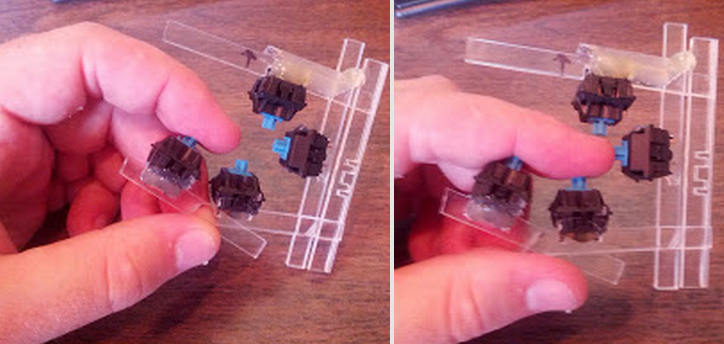
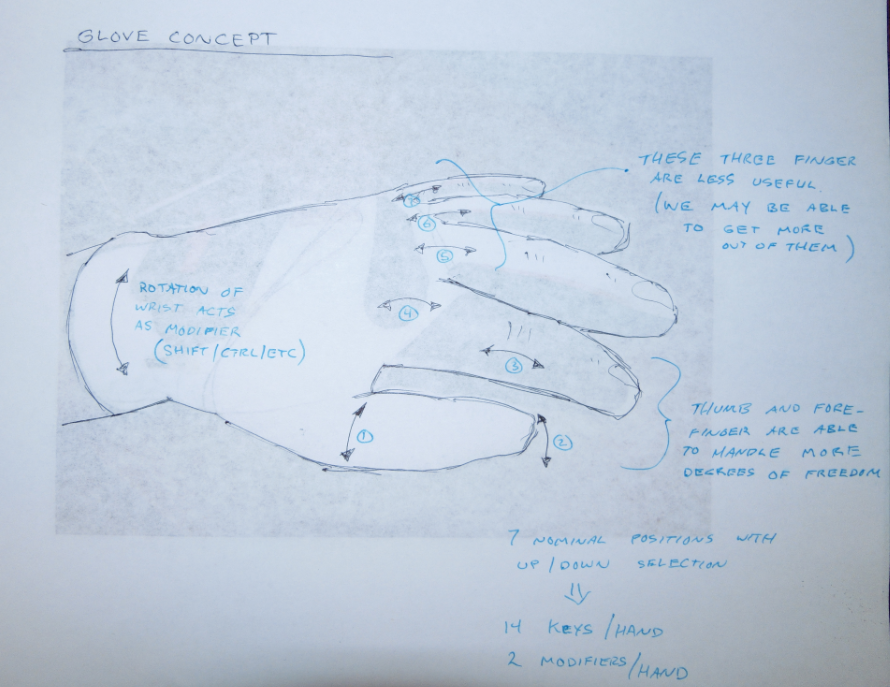
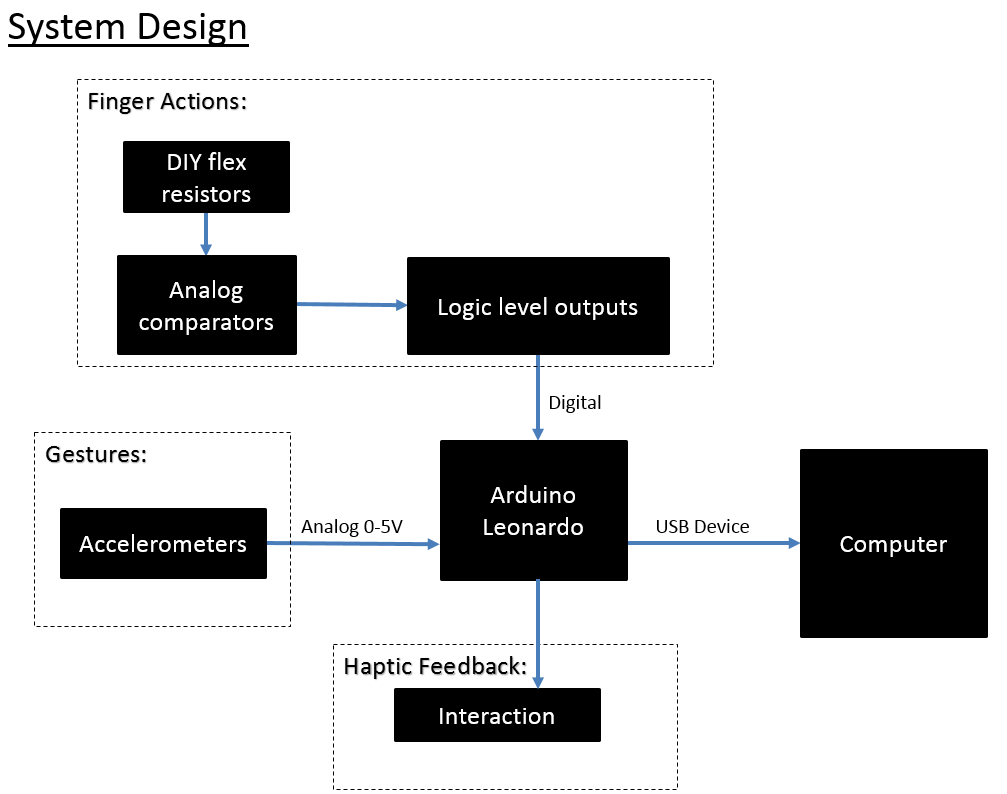
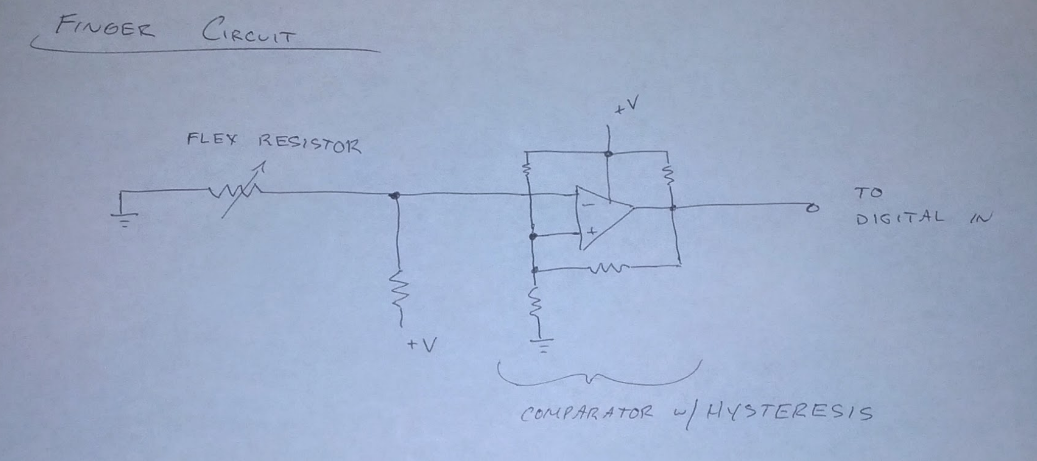
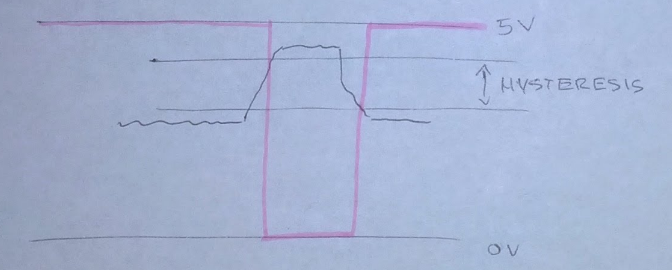
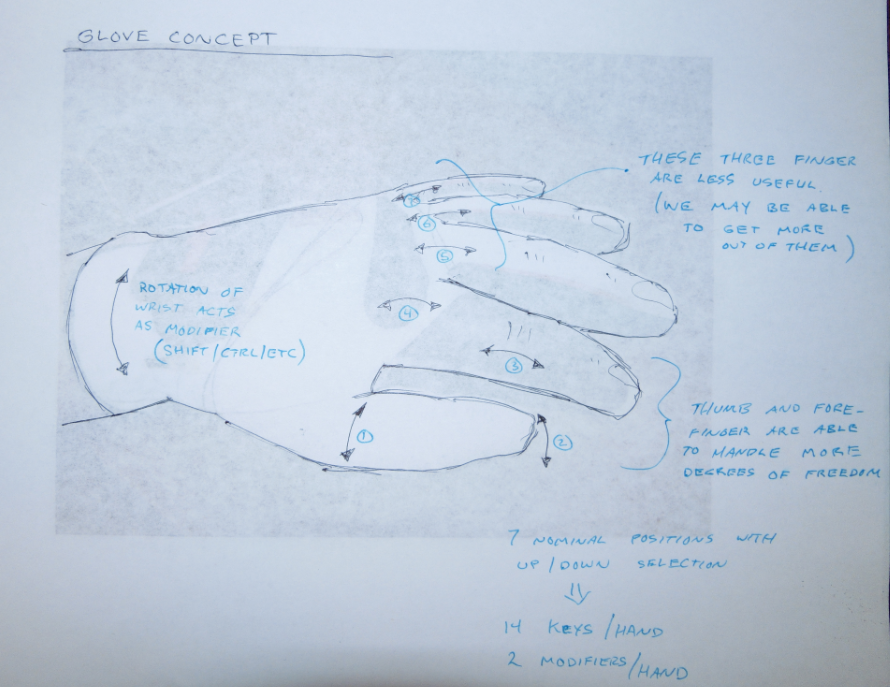

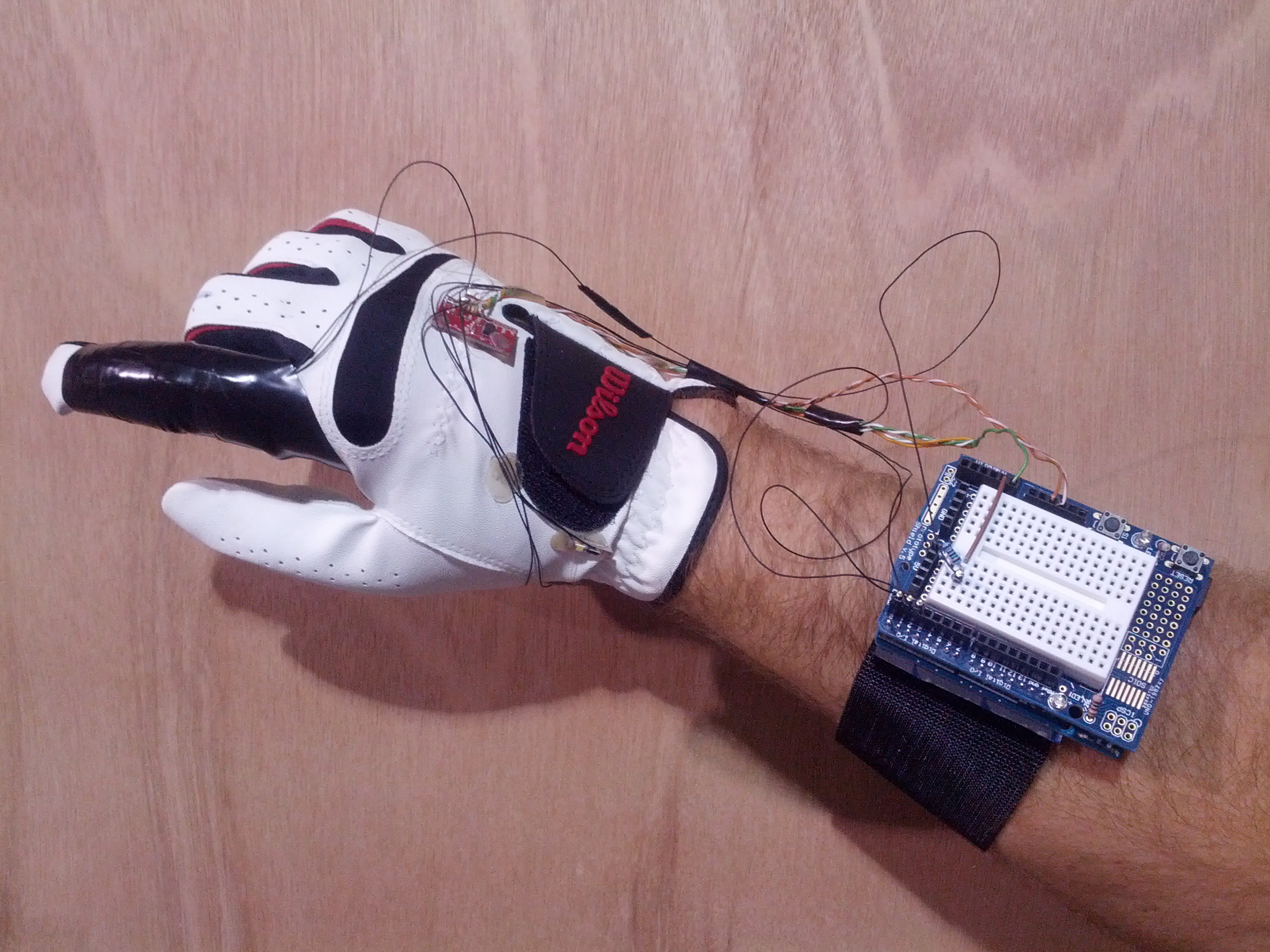



 Dengtec
Dengtec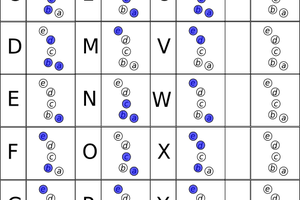
 Patrick Tait
Patrick Tait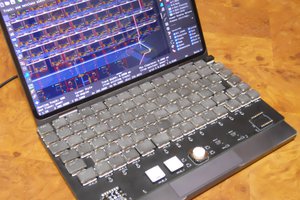
 teru
teru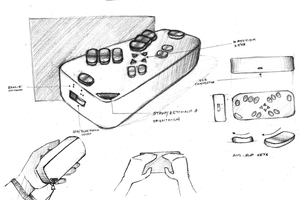
 Vijay
Vijay
Has there been any movement on this project? I am working on something very close to it.